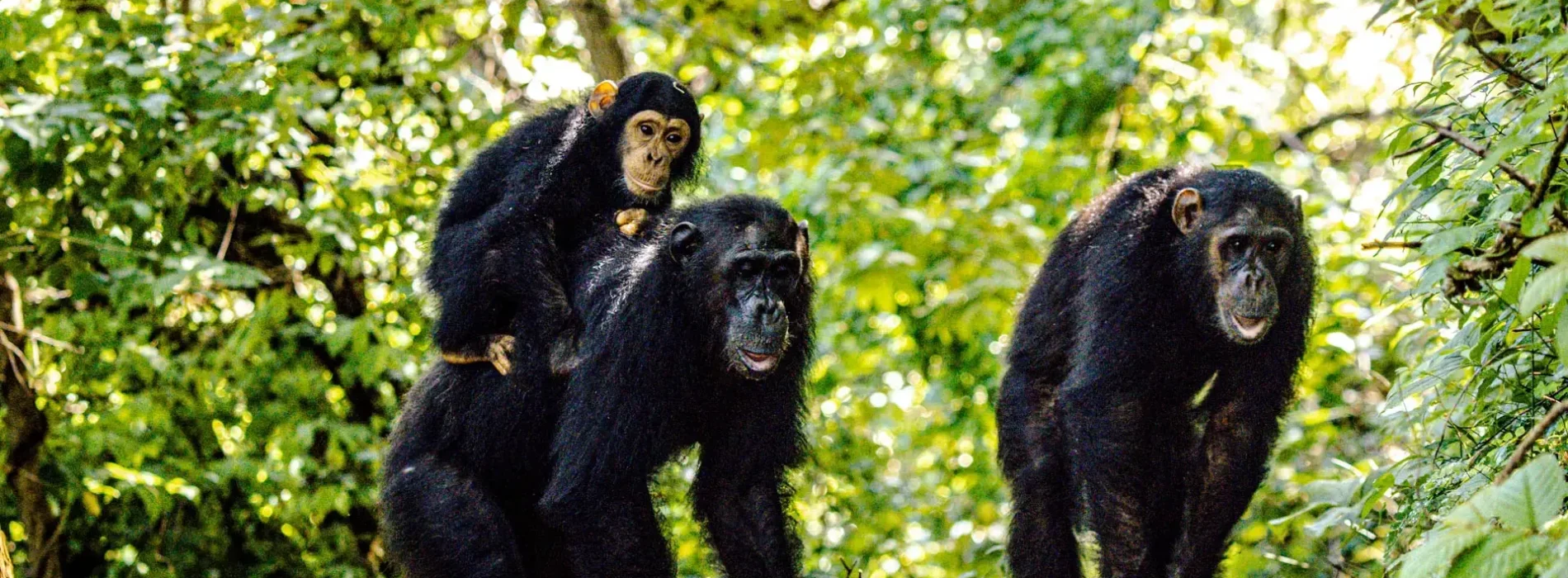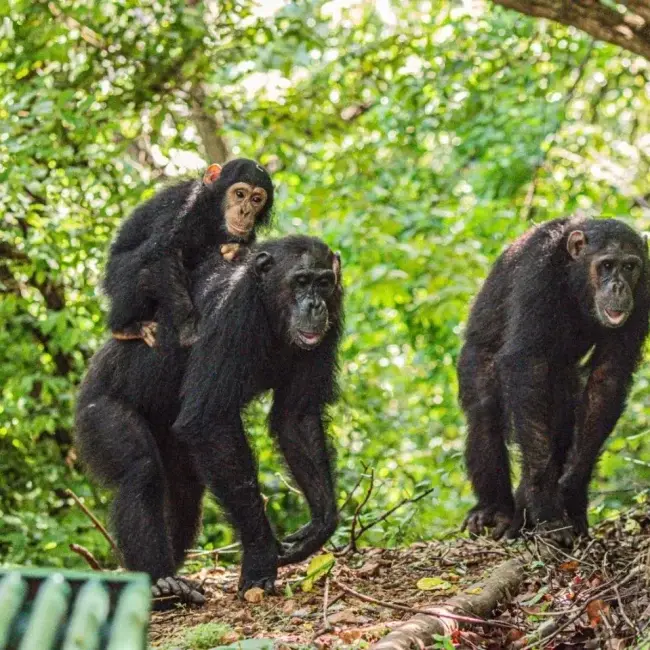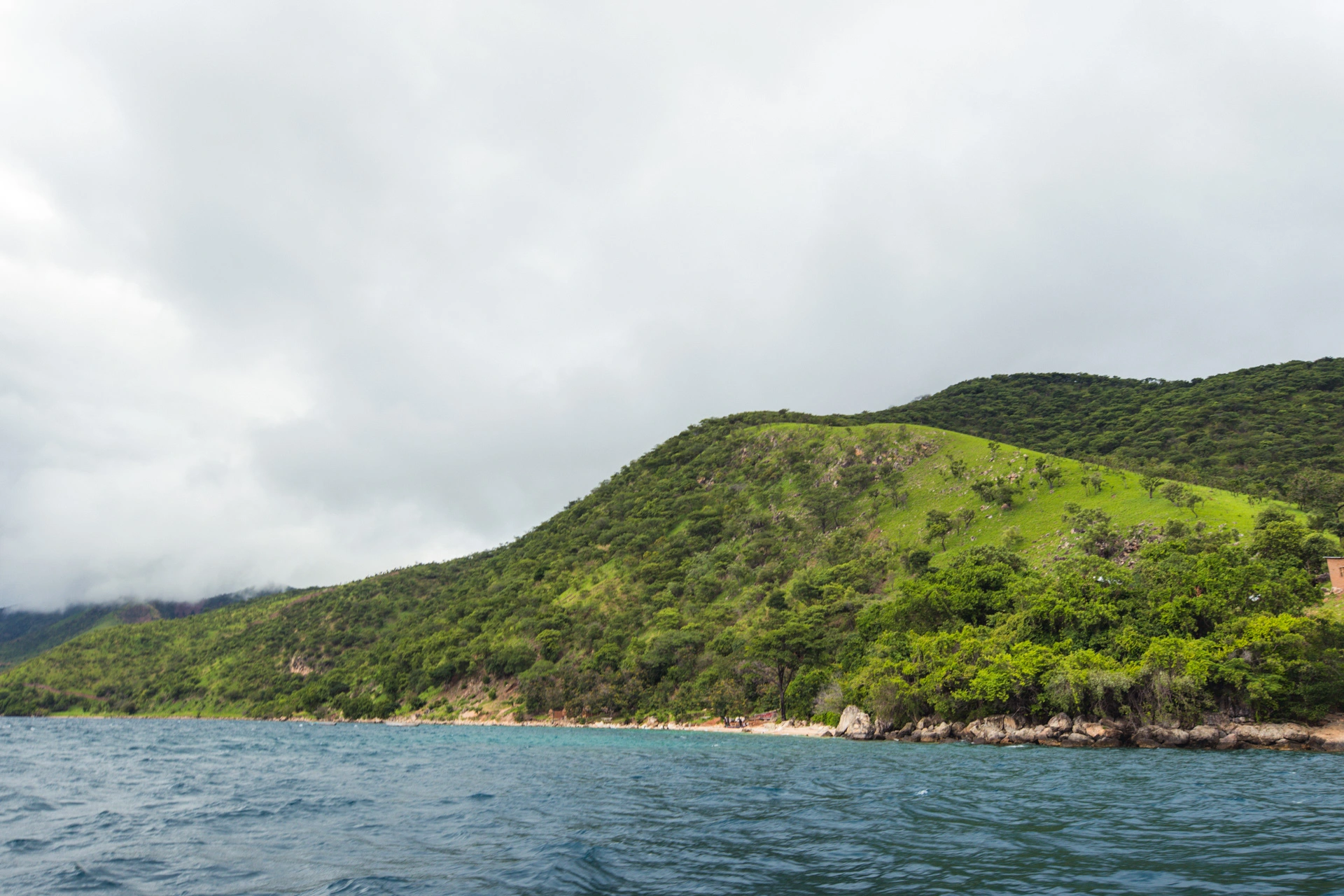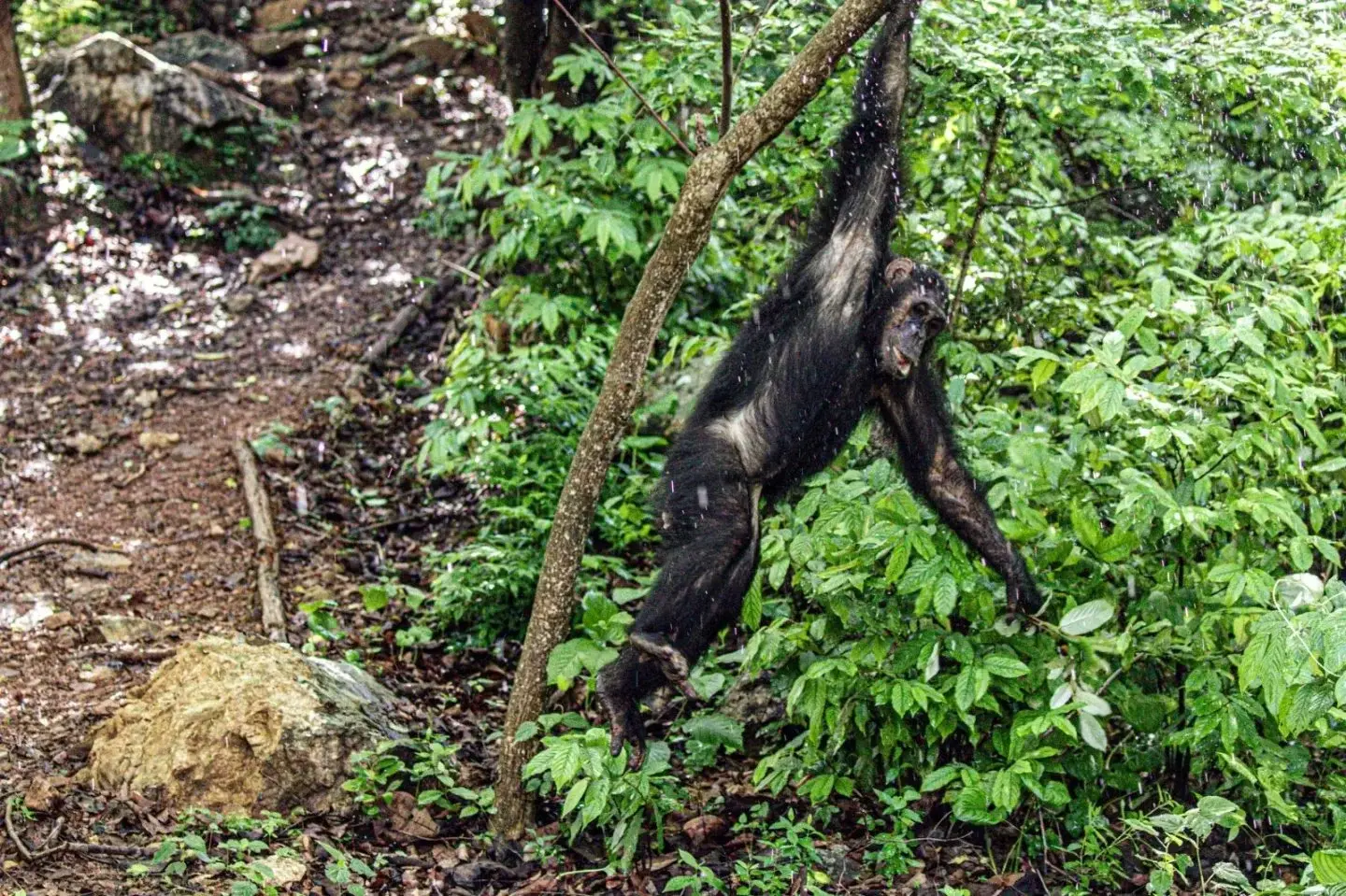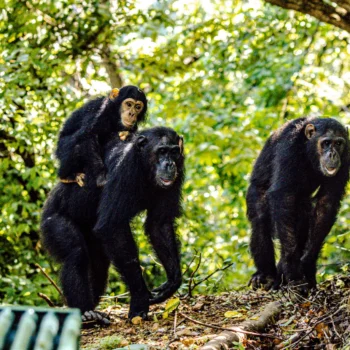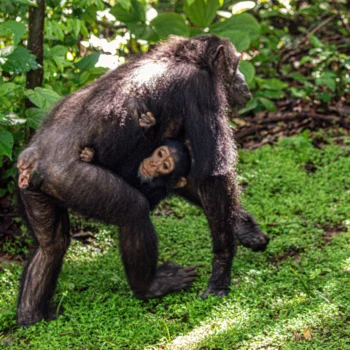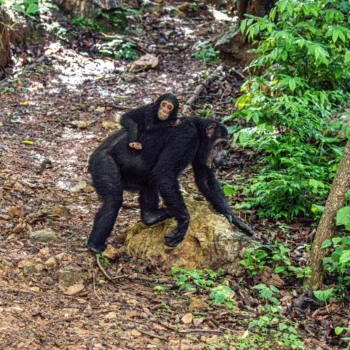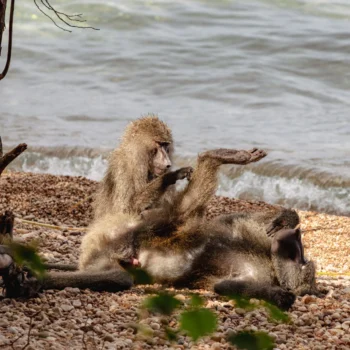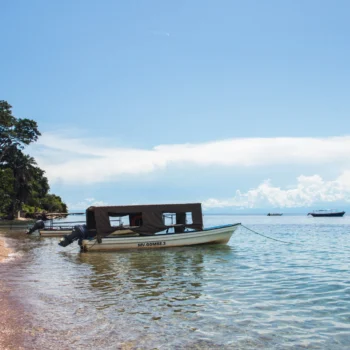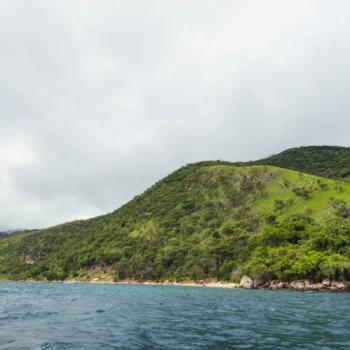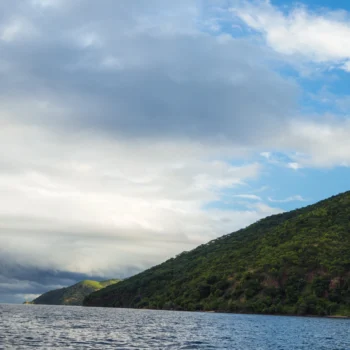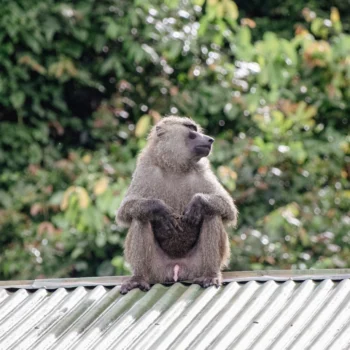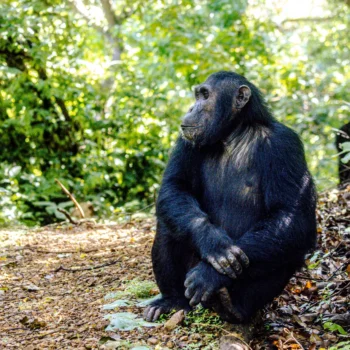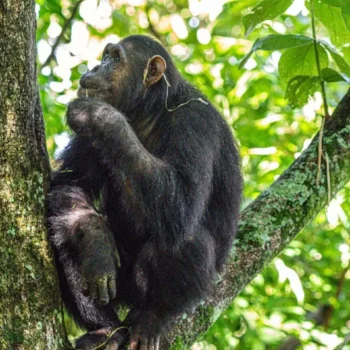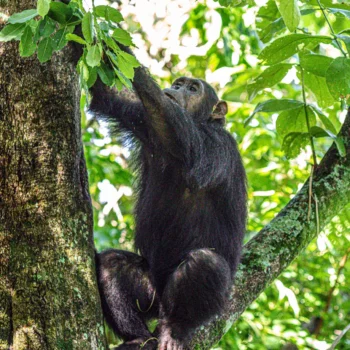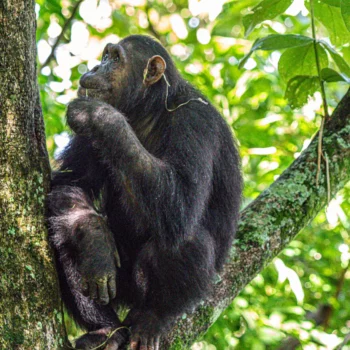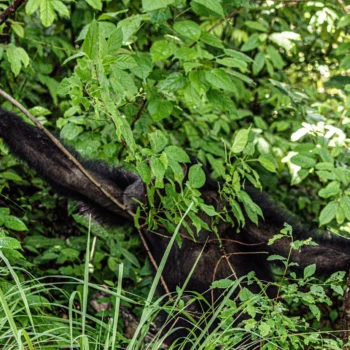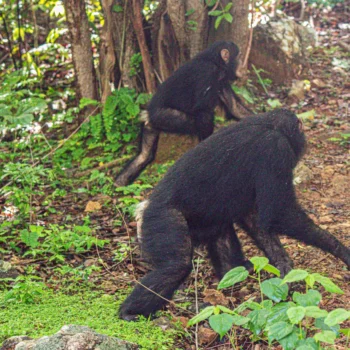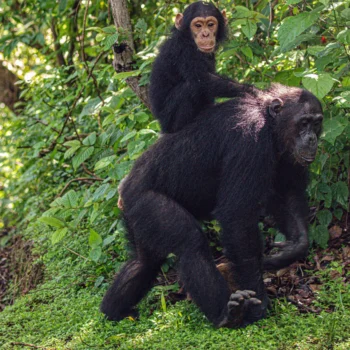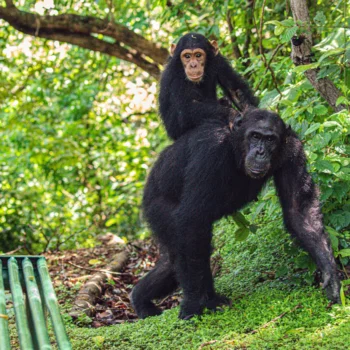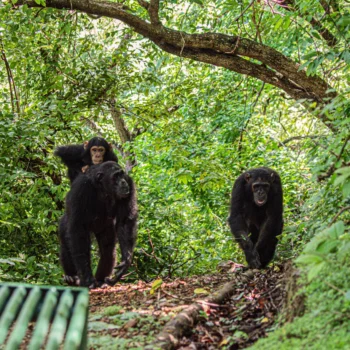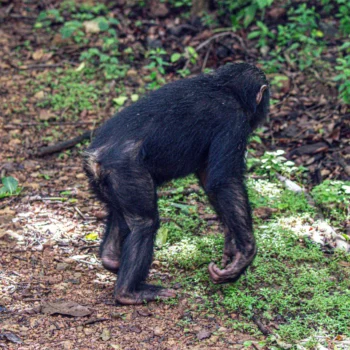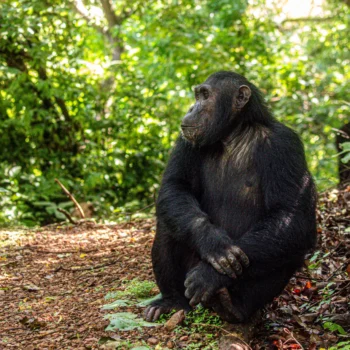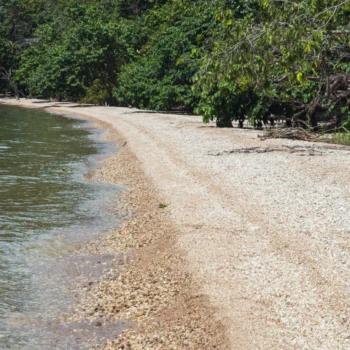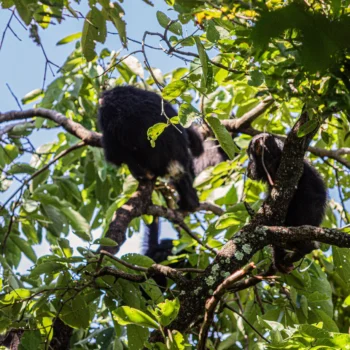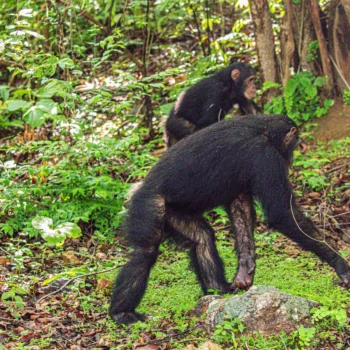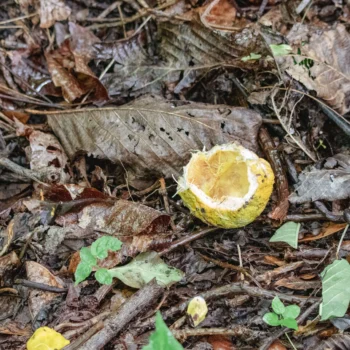Gombe National Park
Gombe National Park is a small but stunning park in the Kigoma region. Covering just 52 square kilometers, it sits along the shores of Lake Tanganyika. Known for its chimpanzee community, the park has been a center for groundbreaking research since the 1960s. These chimps share over 98% of their genes with humans, making them our closest animal relatives.
Gombe’s history as a protected area began in 1943 when it was designated a game reserve to safeguard its wildlife and chimpanzee habitat. Later, in 1968, the Tanzanian government upgraded it to a national park. This change helped secure the park’s future and highlighted its importance as a conservation area.
The park’s landscape is breathtaking, with steep valleys, flowing streams, and lush forests. Most wildlife here are primates, including red-tail monkeys, blue monkeys, and olive baboons. Reptiles and warthogs can also be spotted. The main attraction, however, is the chimpanzees. Visitors can trek through the park to observe these fascinating creatures in their natural habitat.
Jane Goodall’s Legacy
The story of Gombe is deeply tied to Jane Goodall, a primatologist who began studying chimpanzees here in 1960. She arrived without formal training at just 26 years old and spent months gaining the chimps’ trust. Her breakthrough came when a chimp named David Greybeard took food from her hand. This marked the start of her groundbreaking research.
Jane’s work revealed the complex social and emotional lives of chimpanzees. In 1967, she established the Gombe Stream Research Center (GSRC), which continues to study the chimps today. It’s the longest-running field study of any animal species in the wild.
Interesting Facts About Gombe National Park
- Home to one of the largest chimpanzee populations in the world.
- The Gombe Stream Research Center is the longest-running animal study in their natural habitat (in the wild).
How to Get There
The park is only accessible by boat from Kigoma town. Options include:
- Public Boats: Affordable but slower.
- Park Boats: Faster, taking about 90 minutes to reach the park.
Once there, activities like chimp trekking can take 2 – 8 hours, depending on the chimps’ location. Unlike other parks, swimming is allowed in Lake Tanganyika’s pristine waters.
